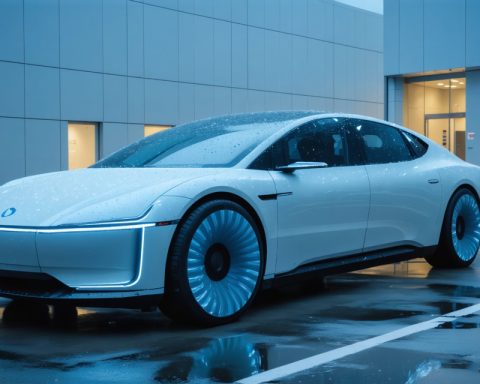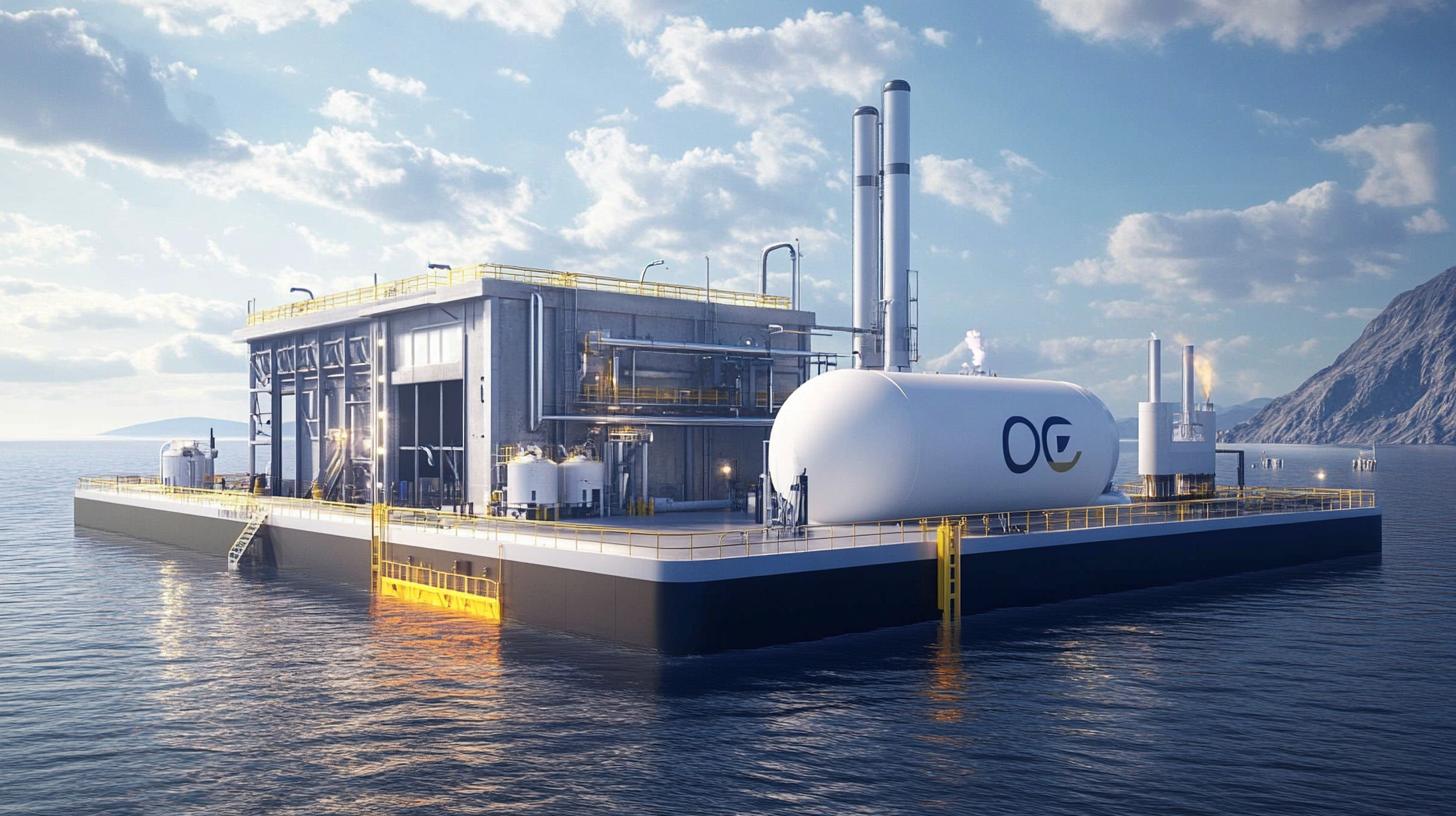- Wave energy harnesses ocean waves’ kinetic energy to generate reliable, clean electricity, presenting a sustainable alternative to fossil fuels.
- Australia’s extensive and wave-active coastline positions it as a leader in developing wave energy technology.
- Wave energy offers consistent and predictable power, enhancing grid stability unlike intermittent solar and wind energy.
- Developing robust marine systems is essential to managing wave energy’s challenges, with ongoing projects innovating in technology such as point absorbers and oscillating water columns.
- Wave energy’s economic potential includes creating new industries, generating jobs, and establishing Australia as a global leader in renewable energy.
- Environmental benefits include reducing carbon emissions and mitigating climate change, contributing to a greener future.
Beneath the shimmering surface of Australia’s vast blue oceans lies a powerful secret—an untapped source of clean energy with the potential to reshape the way we power our world. Imagine harnessing the unyielding power of the sea, converting the relentless push and pull of waves into electricity that fuels our homes, businesses, and entire cities. This is the promise of wave energy, a burgeoning frontier in clean technology with Australia at its crest.
Wave energy, a form of renewable energy, exploits the natural motion of ocean waves to generate power. Picture immense ocean swells driven by the winds, their kinetic energy ready to be captured and transformed. Devices anchored strategically along Australia’s expansive coastline could convert this energy into electricity, offering a sustainable, eco-friendly alternative to fossil fuels.
Australia, with its substantial coastline and intense wave activity, stands at the forefront of developing wave energy technology. The nation’s southern coastline, in particular, boasts some of the most consistent and energetic wave patterns in the world, making it a prime location for harvesting wave power. Given that Australia produces around 76% of its electricity from fossil fuels, cultivating wave energy presents an opportunity to significantly minimize the nation’s carbon footprint.
Why wave energy? Unlike solar and wind power, which can be intermittent due to weather conditions, wave energy is incredibly consistent and predictable. The gravitational pull of the moon ensures that ocean waves reach shore with rhythmic precision, offering a reliable and continuous energy source. This creates a stability that can bolster energy grids, providing power even when the sun doesn’t shine or the wind doesn’t blow.
However, like any new technology, harnessing wave energy comes with challenges. Engineers must design robust systems capable of enduring harsh marine environments. Projects are underway to develop devices such as point absorbers and oscillating water columns, each uniquely engineered to gather energy from the surging sea. Collaborations between Australian universities, technology companies, and the government aim to overcome these hurdles, driving innovation and laying the groundwork for a renewable energy boom.
The economic potential is just as electrifying. As wave energy technology advances, it could spawn new industries and create jobs, invigorating coastal communities and catalyzing Australia’s transition to a green economy. Exports of wave energy technology, expertise, and services could also bolster the national economy, showcasing Australia as a global leader in sustainable energy solutions.
But perhaps the most profound impact of wave energy is environmental. Embracing this technology would help reduce carbon emissions, combat climate change, and preserve Australia’s unique ecosystems. By tapping into the power of the ocean, we embrace a future where energy grows as naturally as waves on a shore.
Australia’s seascape offers more than breathtaking views and abundant marine life; it holds the key to a cleaner, greener tomorrow. When we unlock the secret power of waves, we unlock potential—one surge at a time. Let the waves of today power the world of tomorrow, and let Australia’s bold dive into wave energy set a precedent for the world to follow.
Ride the Wave: How Australia is Pioneering a New Era in Renewable Energy
Introduction to Wave Energy: A New Frontier
Wave energy, as a renewable resource, harnesses the vast kinetic power stored in ocean waves to generate electricity. As winds travel across ocean surfaces, they generate waves that carry significant energy, which can be captured by specially designed devices. In Australia, the abundant coastline and consistent wave conditions present a unique opportunity to lead global advancements in this technology, offering a sustainable alternative to fossil fuels.
How Wave Energy Works
Wave energy converters (WECs) are designed to capture the energy from ocean waves. Common types include:
– Point Absorbers: Buoy-like devices that move with the waves, converting this motion to power.
– Oscillating Water Columns: Structures using air trapped in a column, driven by wave action to spin turbines.
These technologies are designed to withstand the harsh marine environment, utilizing advanced materials and engineering sourced through ongoing collaboration between Australian universities and tech firms.
Advantages Over Other Renewables
– Consistency and Predictability: Unlike solar and wind energy, wave patterns are dependable and less influenced by weather, offering a reliable source of energy. According to research, waves can provide energy output 90% of the time compared to solar panels at 25-30% (Carnegie Clean Energy data).
– Energy Density: Ocean waves are substantially more energy-dense, meaning smaller installations can yield more power compared to solar or wind.
Economic and Environmental Impact
Transitioning to wave energy could galvanize regional economies along the Australian coast. New job opportunities will arise in both construction and maintenance of wave energy facilities and related sectors such as research and development.
Environmentally, wave energy reduces reliance on carbon-heavy fossil fuels, potentially lowering Australia’s carbon emissions significantly. This aligns with national goals to reach net-zero emissions and combat climate change.
Challenges and Limitations
Despite its promise, wave energy faces several hurdles:
– High Initial Costs: Infrastructure and technology development demand substantial upfront investment.
– Environmental Concerns: Potential impacts on marine ecosystems, though significantly less than fossil fuel-based systems, must be carefully managed.
– Technological Engineering: Developing systems that withstand harsh marine conditions is complex and still under active research and development.
Market Trends and Predictions
The global wave energy market is projected to grow, driven by increasing demand for sustainable energy solutions. As of 2025, the wave energy sector could become a multi-billion-dollar market globally. Australia, due to its natural advantages and ongoing innovation, stands to capture a significant share of this developing market.
Recommendations for Australia’s Wave Energy Future
1. Invest in Research and Development: Continued collaboration with universities and international experts is crucial for technological advances.
2. Public and Private Funding: Increase funding to lower the barrier for new projects and encourage technological innovation.
3. Regulatory Framework: Establish robust regulatory frameworks to support sustainable development and environmental protection.
4. Public Awareness and Engagement: Educate about the benefits of wave energy and involve local communities in project development to ensure societal support.
Quick Tips for Clean Energy Enthusiasts
– Stay informed about developments in wave and renewable energy sectors through credible sources.
– Advocate for clean energy solutions in local communities.
– Consider energy efficiency in homes, such as integrating smart energy systems, to complement renewable energy usage.
For further insights into Australia’s renewable energy initiatives and policies, visit the official website of the Australian Renewable Energy Agency (ARENA).














